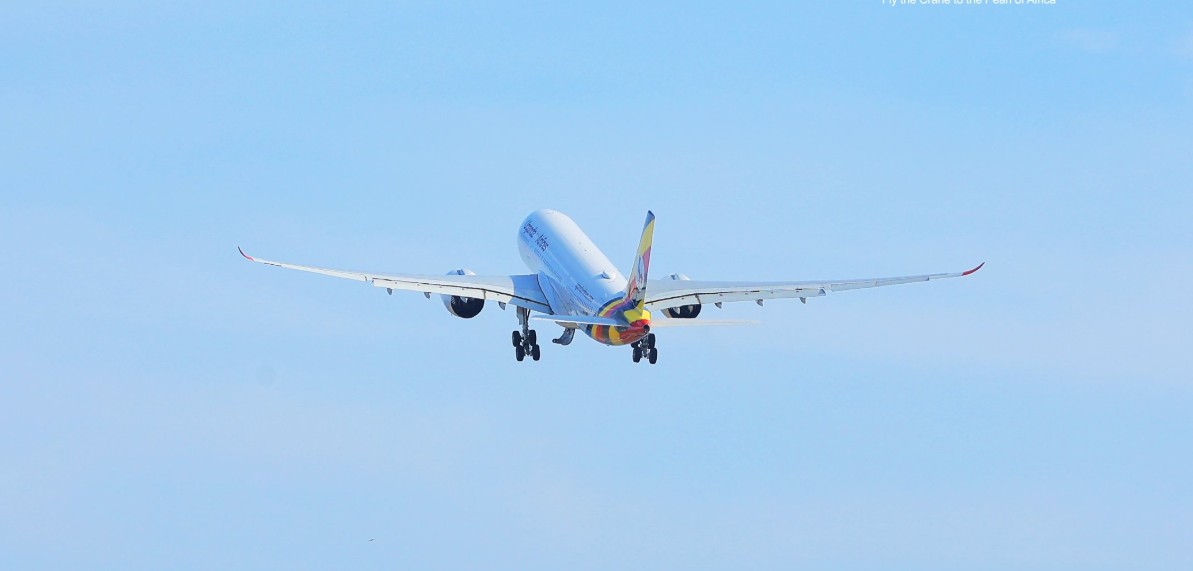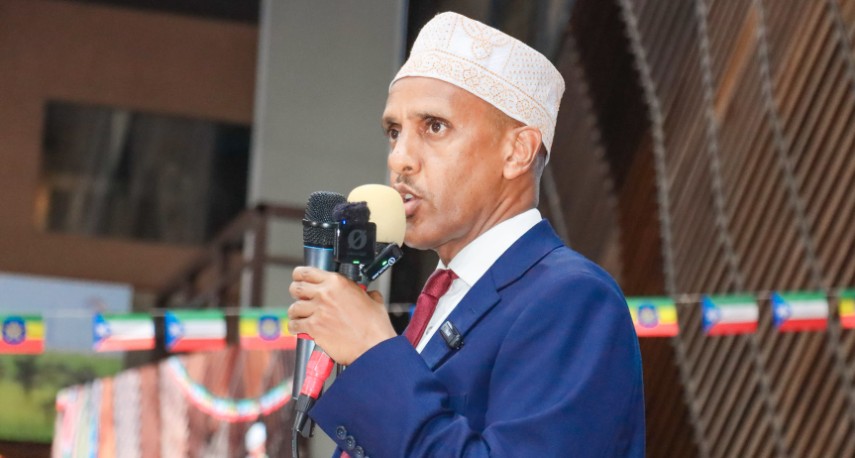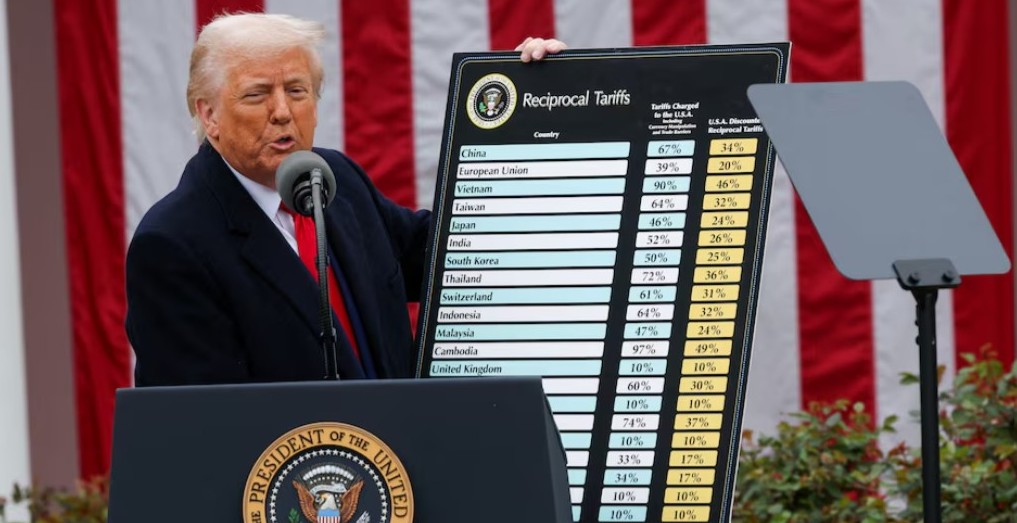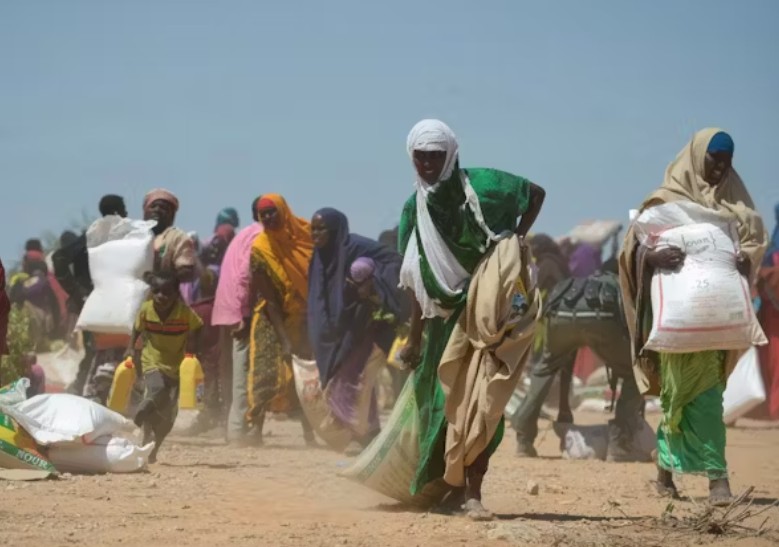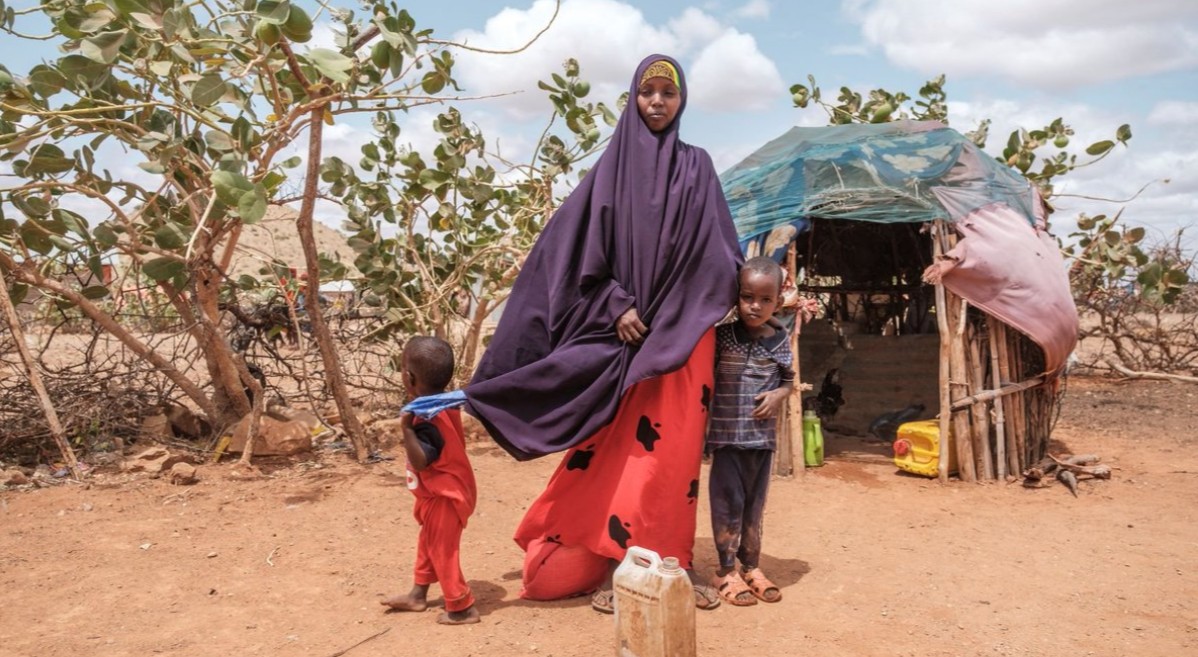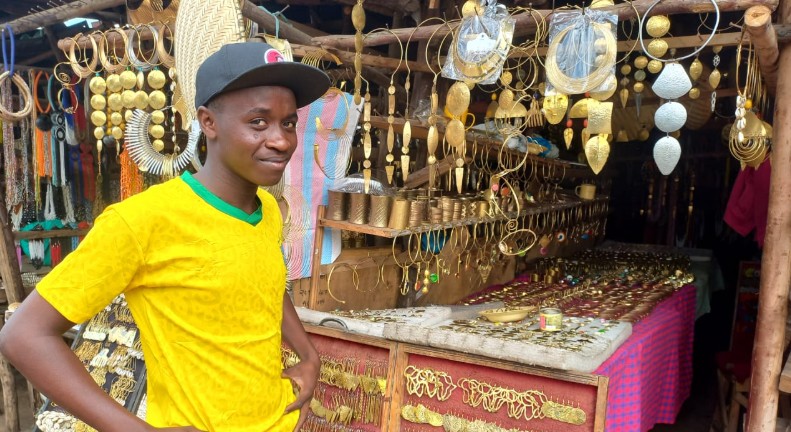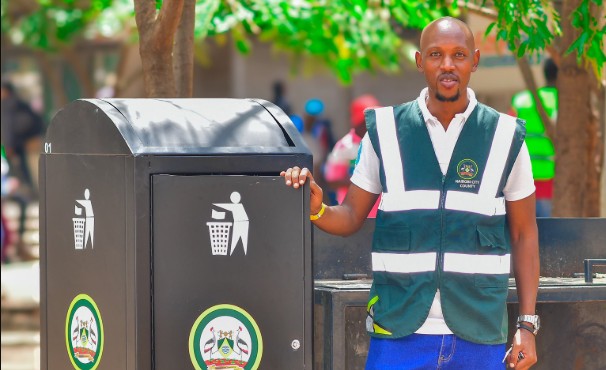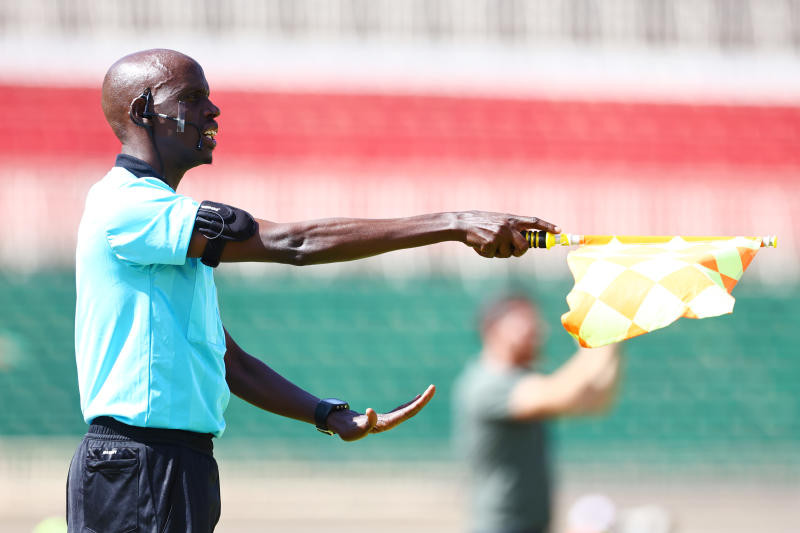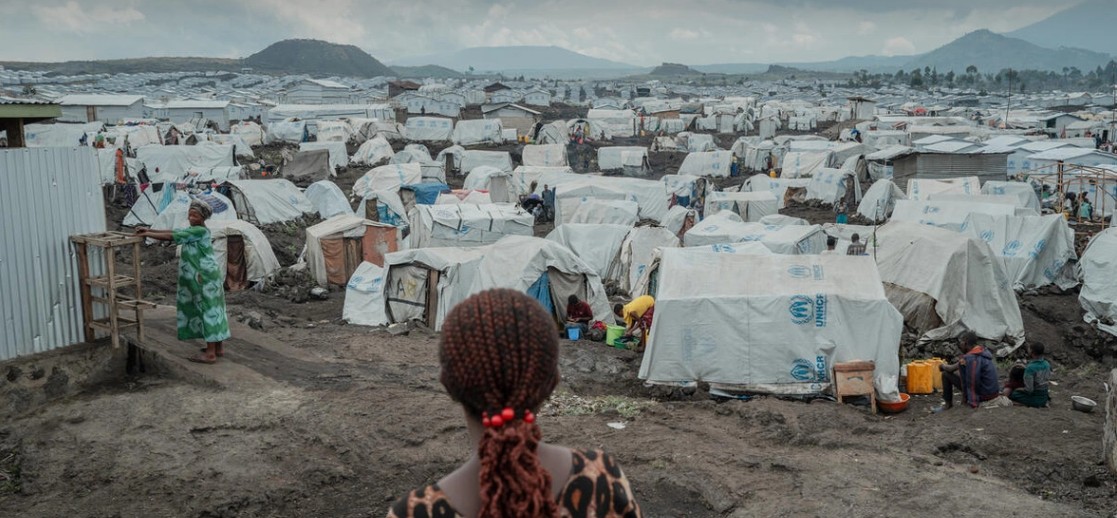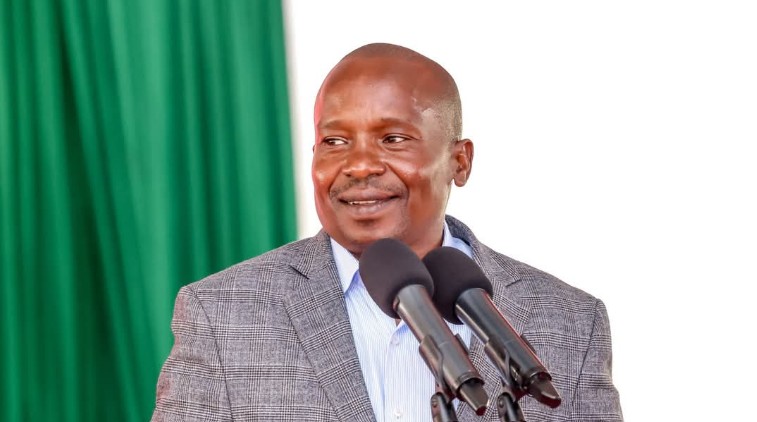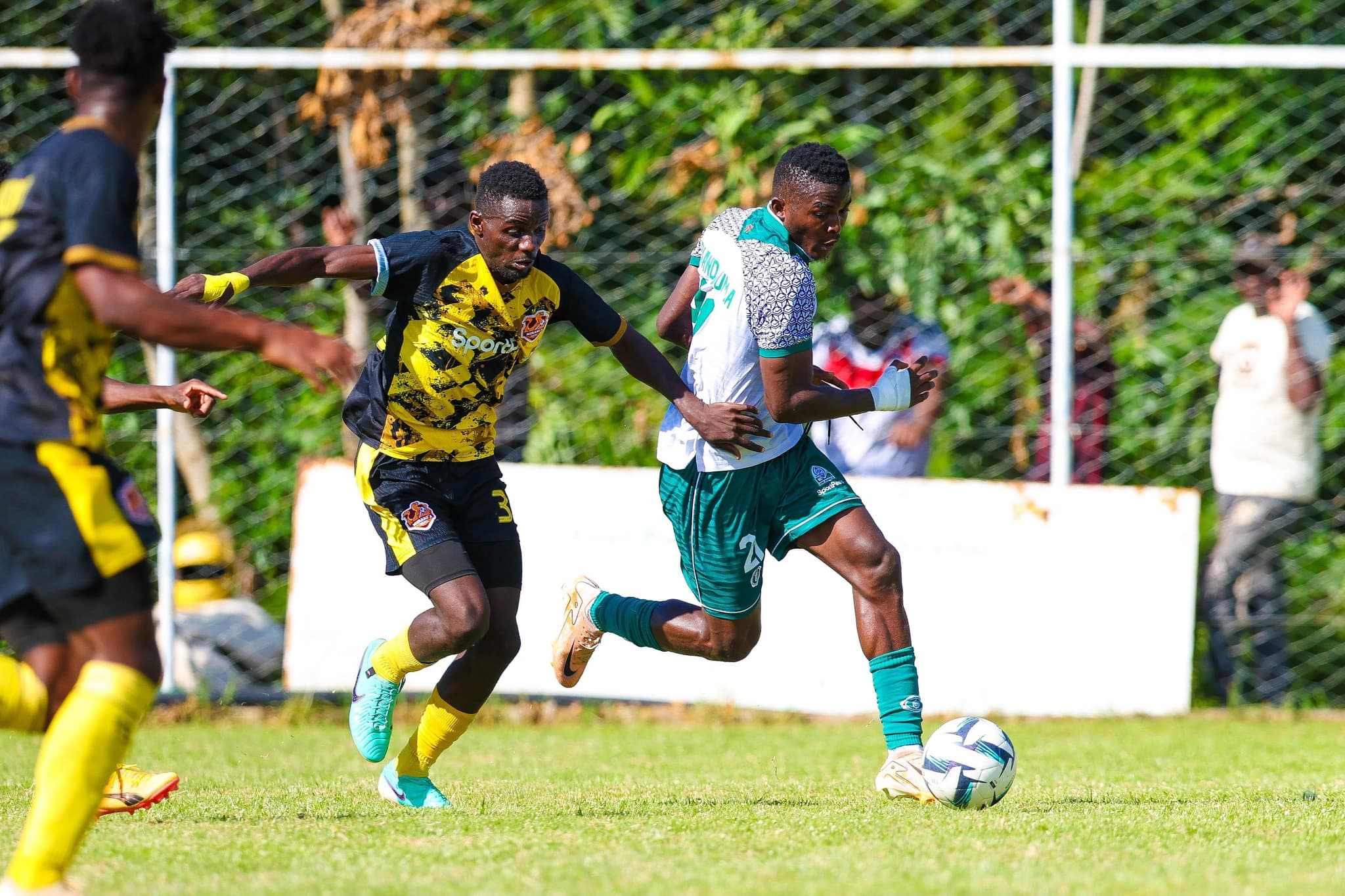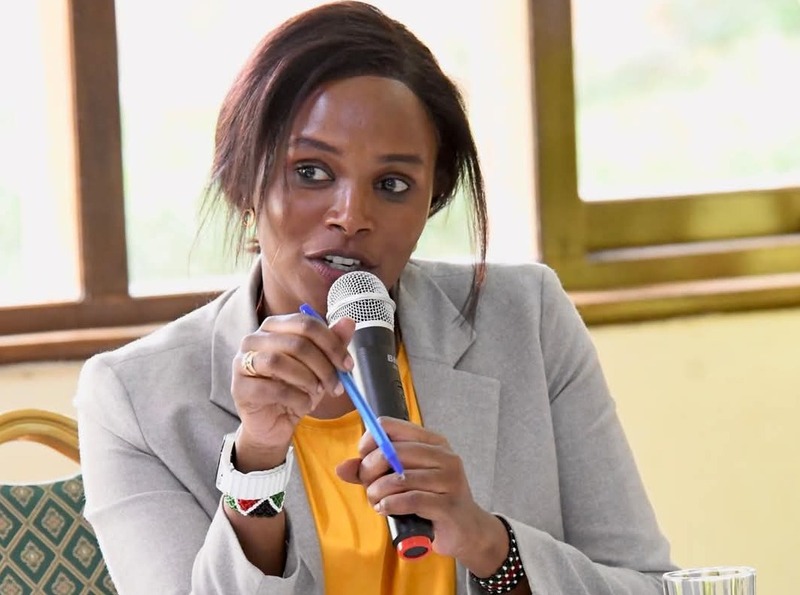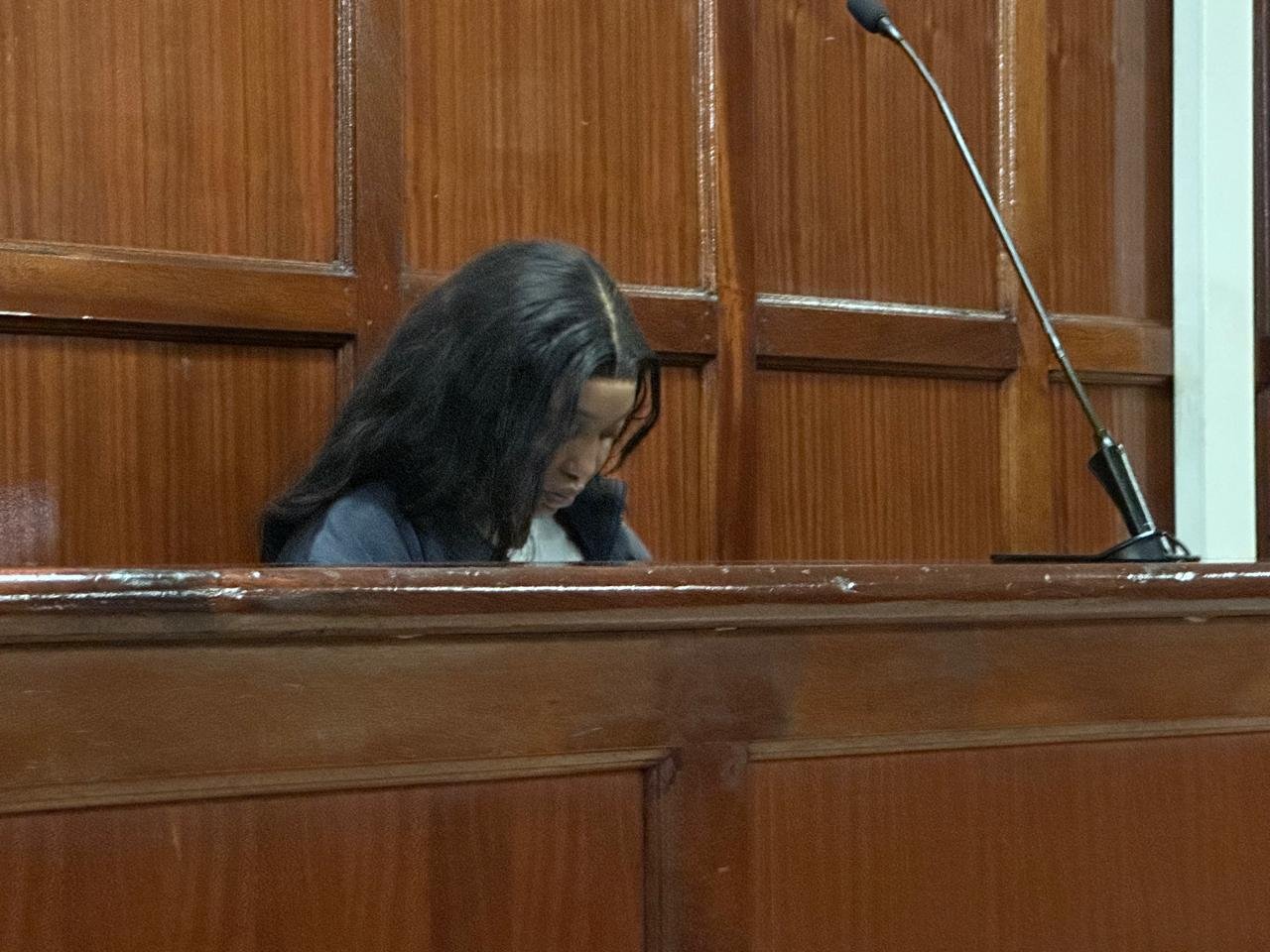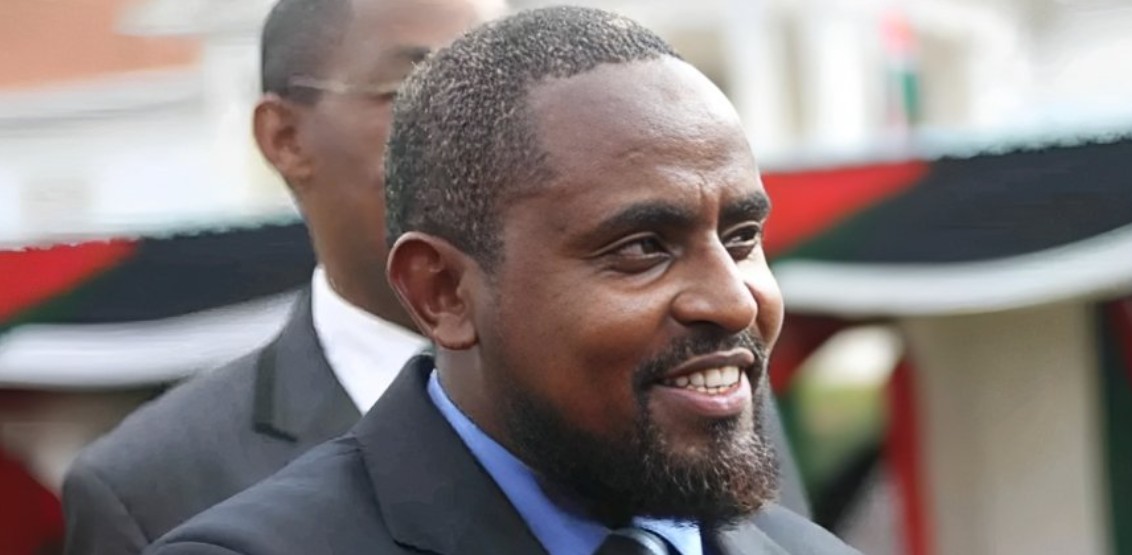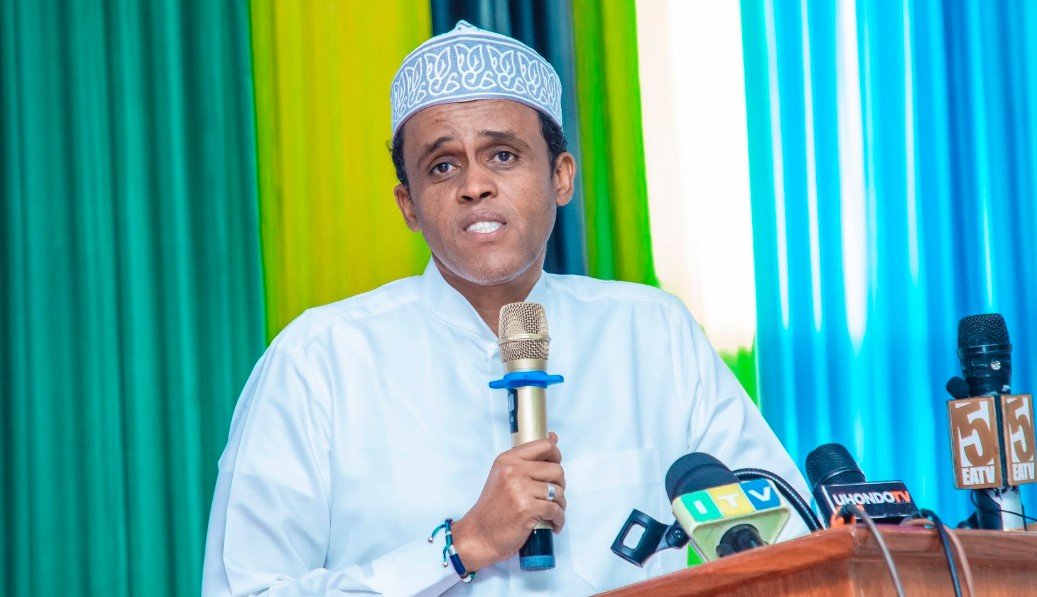Aid cuts threaten nutrition support for 55,000 children in Somalia
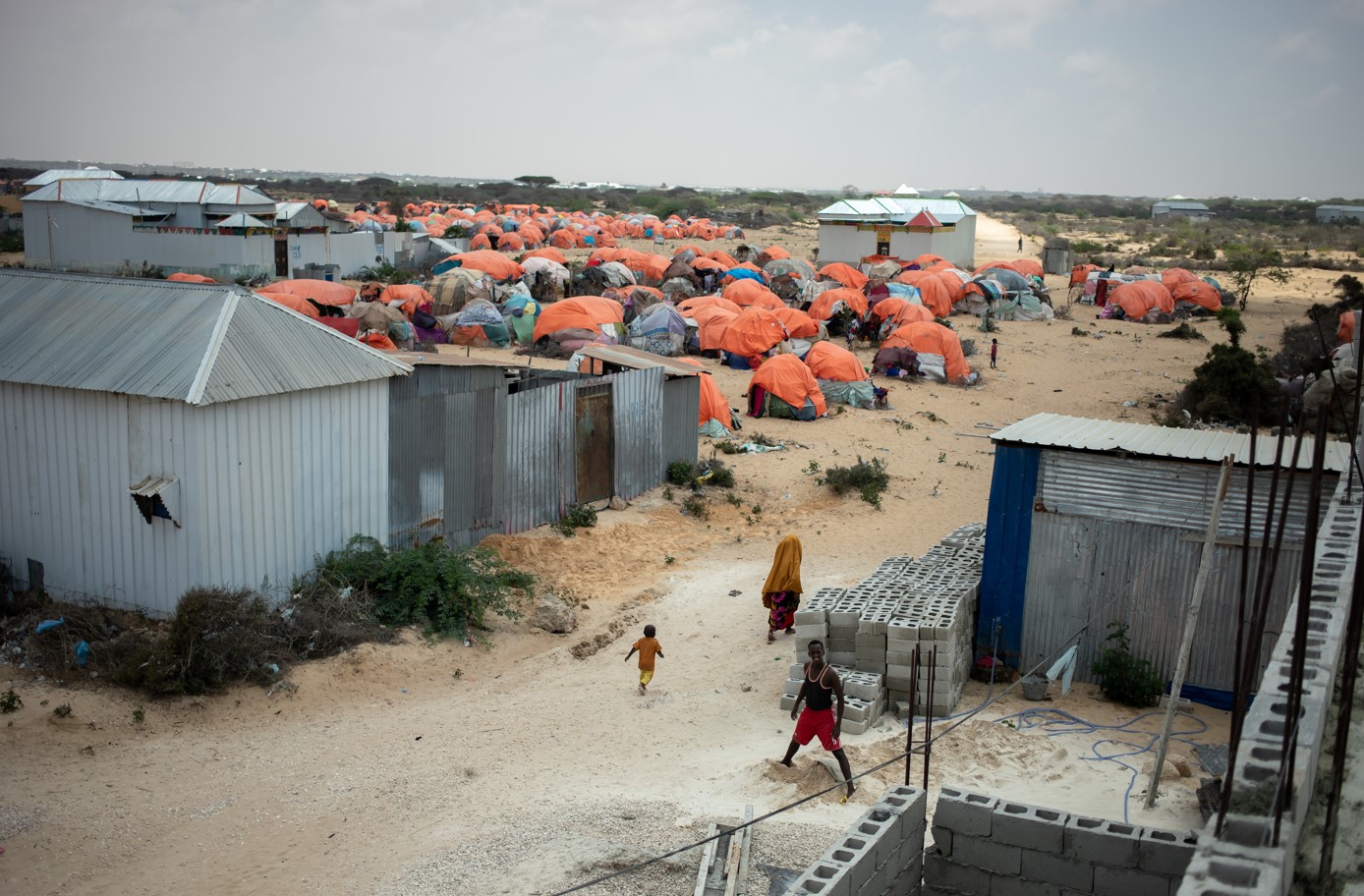
Global aid reductions announced early in 2025 mean more than a quarter of these facilities will close, putting tens of thousands of children at risk.
At least 55,000 children in Somalia risk losing access to lifesaving nutrition services in June as aid cuts force the closure of 121 Save the Children-supported nutrition centres.
Save the Children, the largest Non-Governmental Organisation (NGO) providing health and nutrition support to children in Somalia, currently helps about 260,000 children annually.
More To Read
- Humanitarian aid in Somalia reaches only 24pc of target amid severe funding shortfall
- Somalia launches crackdown on human trafficking networks
- 17 people killed, 84,000 affected as flash floods cause havoc in Somalia- UN
- Somalia may wait longer for US funding decision on AU mission as senators hint at change in strategy
- Fire at Mogadishu’s Bakaara market in Somalia destroys shops, no casualties reported
- Seven dead, houses submerged as heavy rains cause severe flooding in Mogadishu
However, global aid reductions announced early in 2025 mean more than a quarter of these facilities will close, putting tens of thousands of children at risk.
The closures come amid worsening conditions caused by ongoing displacement, attacks by armed groups, and poor rainfall, all of which deepen the humanitarian crisis.
Data from the Food Security and Nutrition Analysis Unit shows that 1.8 million children in Somalia are expected to suffer from acute malnutrition this year, with nearly 480,000 facing severe acute malnutrition. If untreated, this condition can be fatal.
Baidoa, in southern Somalia, is especially vulnerable. The town, which hosts around 800,000 internally displaced people, will lose all Save the Children nutrition services by June.
Fatima, a 25-year-old displaced mother, described the critical impact of these services. Her one-year-old daughter, diagnosed with severe acute malnutrition, was receiving treatment at a Save the Children centre and is now improving.
“If we were not able to get medicines and nutrition support here, we would have no other option but to see our children dying in front of us. There is no other service here, so we would only see our children get progressively worse,” Fatima said.
June, the end of the rainy season, typically sees rising hunger and malnutrition in Somalia.
Aid cuts mean that 11 per cent more children are expected to become severely malnourished than in 2024, while fewer facilities will be available to help them.
“If our centre closes, children such as these will be put into grave danger. There is nowhere else for these children to go,” Dr. Mustafa Mohammed, working at one of the remaining centres in Baidoa, said.
His centre treats children with severe malnutrition using hydration drips, fortified milk, and protein-rich peanut paste, achieving a recovery rate of over 95 per cent.
Mohamud Mohamed Hassan, Save the Children’s Country Director for Somalia, warned of the dire consequences.
“It’s frightening to imagine what the impact of these aid cuts will be on Somalia just a few months along the road, in a country where communities know all too well what extreme hunger – and even famine – feels like,” he said.
Unless funding is found, the County Director fears that they will see deadly consequences for children as these aid cuts intersect with years of recurrent drought and political violence.
“Not providing the funds that can help prevent extreme hunger is a political choice and one that needs to be reversed before it is too late for millions of children in Somalia,” he said.
Even before these cuts, Somalia’s humanitarian response has been severely underfunded, while hunger has remained high due to repeated climate shocks such as poor rainfall.
Top Stories Today

